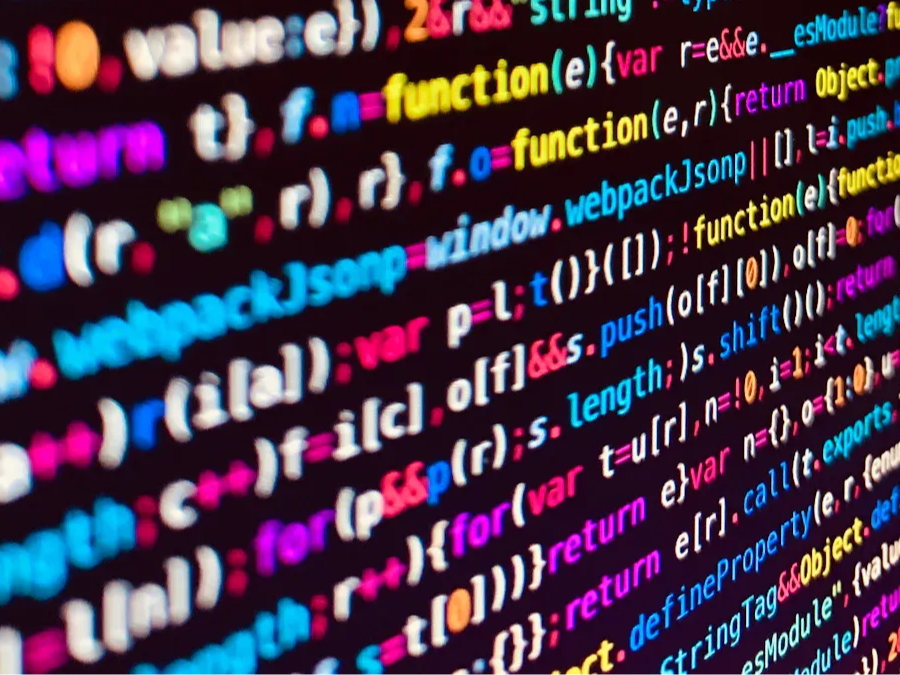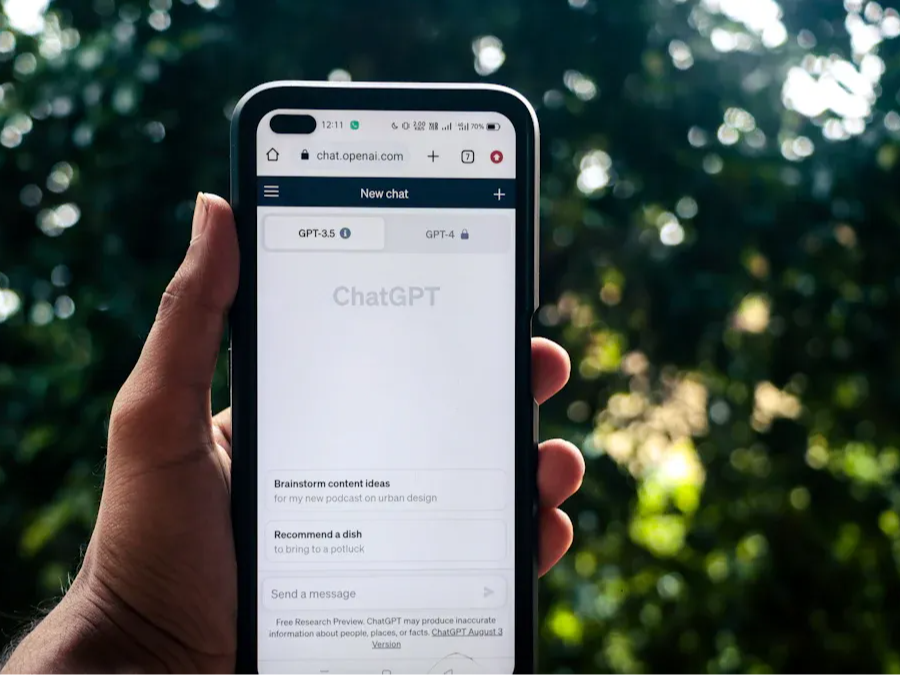Fine-Tuning, as an important transfer learning technique in deep learning, effectively solves the problems of data scarcity and strong task specificity by leveraging the knowledge of pre-trained models. Through reasonable practice and application, we can give full play to the advantages of Fine-Tuning and improve the performance of the model on the target task. With the continuous development of deep learning technology, Fine-Tuning technology will continue to improve and improve, providing more help and support for the development of artificial intelligence. Fine-Tuning technology has been widely used in fields such as natural language processing (NLP) and computer vision (CV). For example, in the field of NLP, pre-trained models such as BERT and GPT have made breakthrough progress in multiple tasks such as text classification, sentiment analysis, and question-answering systems through fine-tuning technology. In the field of computer vision, pre-trained deep convolutional neural networks (CNNs), such as ResNet and VGG, can quickly adapt to tasks such as image classification, object detection, and face recognition through fine-tuning.
What is Fine-Tuning?
Fine-Tuning is a process of making subtle parameter adjustments for specific tasks or data sets based on pre-trained models. This process makes full use of the general knowledge learned by the pre-trained model on a large-scale dataset, accelerates the learning process of new tasks, and often achieves better results. The pre-trained model is obtained through self-supervised learning on a large-scale unlabeled or weakly labeled dataset, and already has a good understanding of general natural language structures or visual features.
How fine-tuning works?
Choose a pre-trained model: According to the task requirements, select a model that has been pre-trained on a large-scale dataset and has good general feature representation capabilities. Prepare the dataset: Collect and process datasets related to specific tasks, including training sets, validation sets, and test sets to ensure data quality and consistency. Freeze some layers: In the early stages of fine-tuning, some layers (usually low layers) of the pre-trained model are usually frozen, and only the top layers or newly added task-specific layers are adjusted. Unfreeze and adjust: As the training progresses, more layers can be gradually unfrozen, allowing these layers to be adjusted according to the target task. Optimizer and loss function: Select the appropriate optimizer and loss function according to the task requirements to guide the model training process.
In the practical case of text classification and using BERT for text classification, first prepare a pre-trained BERT model, then modify the output layer of the BERT model according to the text classification task, add a fully connected layer and a softmax layer to output the classification results. Load the pre-trained model and freeze most of the layers, train the model using the dataset of the target task, gradually unfreeze some layers, and evaluate the model performance to make necessary adjustments and optimizations. In the image recognition task, you can choose a pre-trained ResNet or VGG model as the base model and adapt it to the specific dataset through Fine-Tuning. In the field of speech recognition, pre-trained models such as WaveNet and Tacotron can be fine-tuned according to specific speech datasets to achieve more accurate speech recognition and speech synthesis.
Main applications of fine-tuning
Text classification: Text classification is a basic task in NLP, the purpose is to assign text to one or more categories. The pre-trained model has learned rich language features, and fine-tuning can quickly adapt to new text datasets.
Image classification: The image classification task requires the model to identify the main objects in the image and classify them into predefined categories. Fine-tuning can improve the classification accuracy of the model for a specific dataset.
Sentiment analysis: Identify and extract subjective information from text and judge the emotional tendency of text. Fine-tuning can make the model better understand the emotional color of language and improve the accuracy of sentiment classification.
Question-answering system: Answering questions asked by users usually requires understanding questions and related contextual information. The contextual understanding ability of pre-trained models can help question-answering systems locate answers more accurately.
Object detection: Not only identify objects in images, but also determine their locations. Fine-tuning can help models better identify the location and category of specific targets.
Speech recognition: Fine-tuning can improve the model's recognition accuracy for specific speech content.
Machine translation: Fine-tuning can help models better understand and generate text in the target language.
Image generation: Requires the model to generate new images based on given conditions or descriptions. Fine-tuning can help the model generate images that are more in line with a specific style or theme.
Challenges of fine-tuning
Fine-Tuning technology plays a vital role in the field of artificial intelligence, especially in the transfer learning of deep learning models. However, with the development of technology and the deepening of application, Fine-Tuning also faces a series of challenges:
Data privacy and security issues: Fine-Tuning requires a large amount of data to train the pre-trained model. It will involve data privacy and security issues, especially when dealing with sensitive data.
Data bias and generalization ability: Pre-trained models may have data bias problems, that is, the data distribution of training data is inconsistent with that of actual application scenarios. This leads to insufficient generalization ability of the model on specific tasks.
Computing resources and costs: The Fine-Tuning process requires a lot of computing resources. When dealing with large-scale data sets and complex model structures. It leads to high computing costs, which limits the widespread application of Fine-Tuning technology.
Overfitting risk: During the Fine-Tuning process, the model may over-fit the training data, resulting in overfitting problems. It will reduce the generalization ability of the model on unseen data.
Model selection and hyperparameter tuning: How to choose the right pre-trained model and optimization algorithm to achieve the best performance on specific tasks and data sets is an open question.
Usupervised learning and few-shot learning: In many practical applications, there may not be enough labeled data for supervised fine-tuning. This has prompted researchers to explore unsupervised learning and few-shot learning methods to perform fine-tuning with unlabeled data or when data is scarce.
Future prospects for fine-tuning
With the increasing focus on computing resources and storage costs, parameter-efficient fine-tuning techniques such as LoRA and Half Fine-Tuning will become increasingly important, enabling effective adjustments to pre-trained models without significantly increasing the number of parameters. Fine-Tuning techniques will be extended to multimodal fields, combining multiple data types such as vision and audio to improve the performance of models in multimodal tasks. Advanced fine-tuning techniques including memory fine-tuning, mixture of experts (MOE) and mixture of agents (MoA) will be further developed to improve model performance based on specialized networks and multi-agent collaboration. Fine-tuning will continue to explore how to align model behavior with human preferences through innovative methods such as Proximal Policy Optimisation (PPO) and Direct Preference Optimisation (DPO). As the deployment demand for Fine-Tuning models on distributed and cloud-based platforms increases, model performance optimization in the inference phase will become an important research direction. As Fine-Tuning technology develops, solving scalability issues, protecting privacy, and improving model interpretability and accountability will become key challenges for future research.








